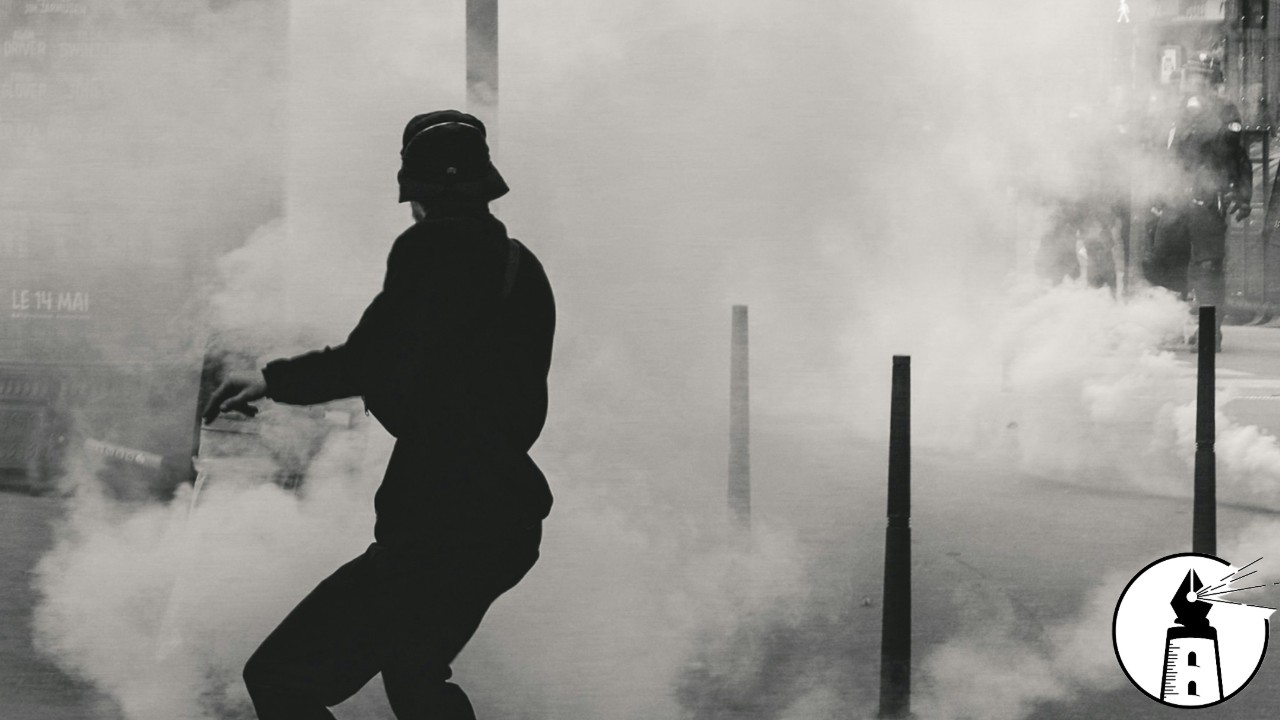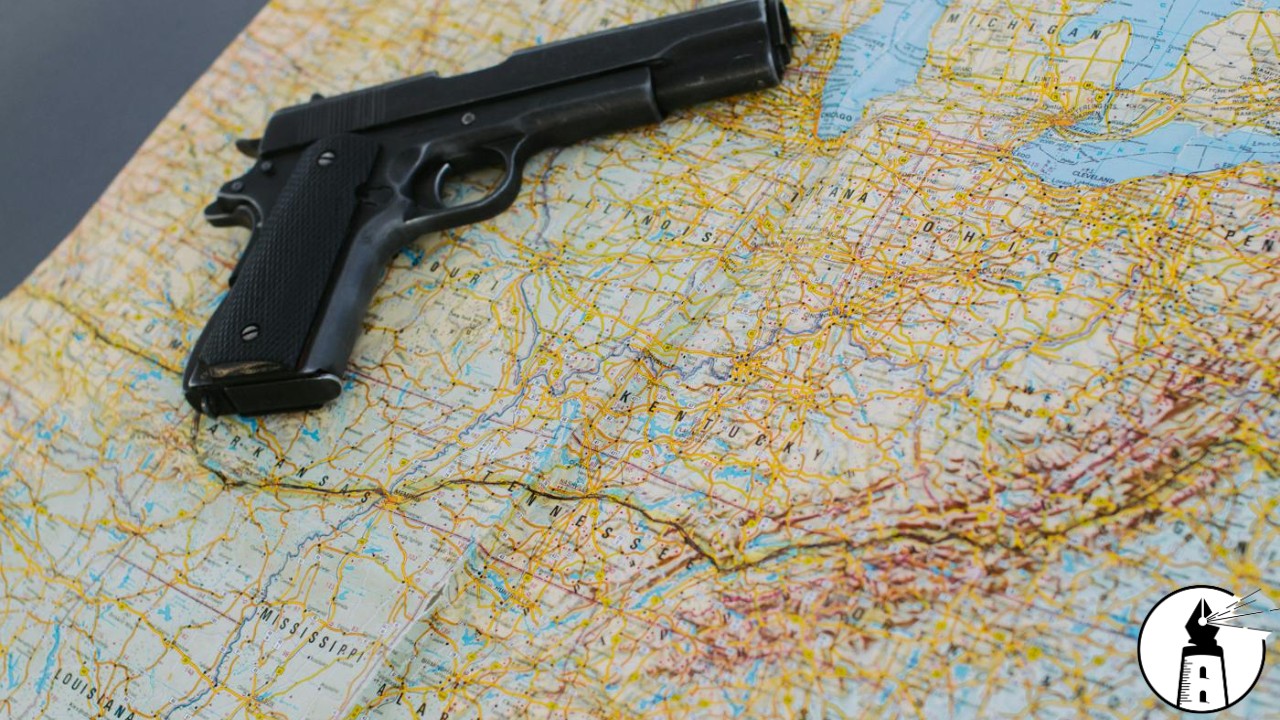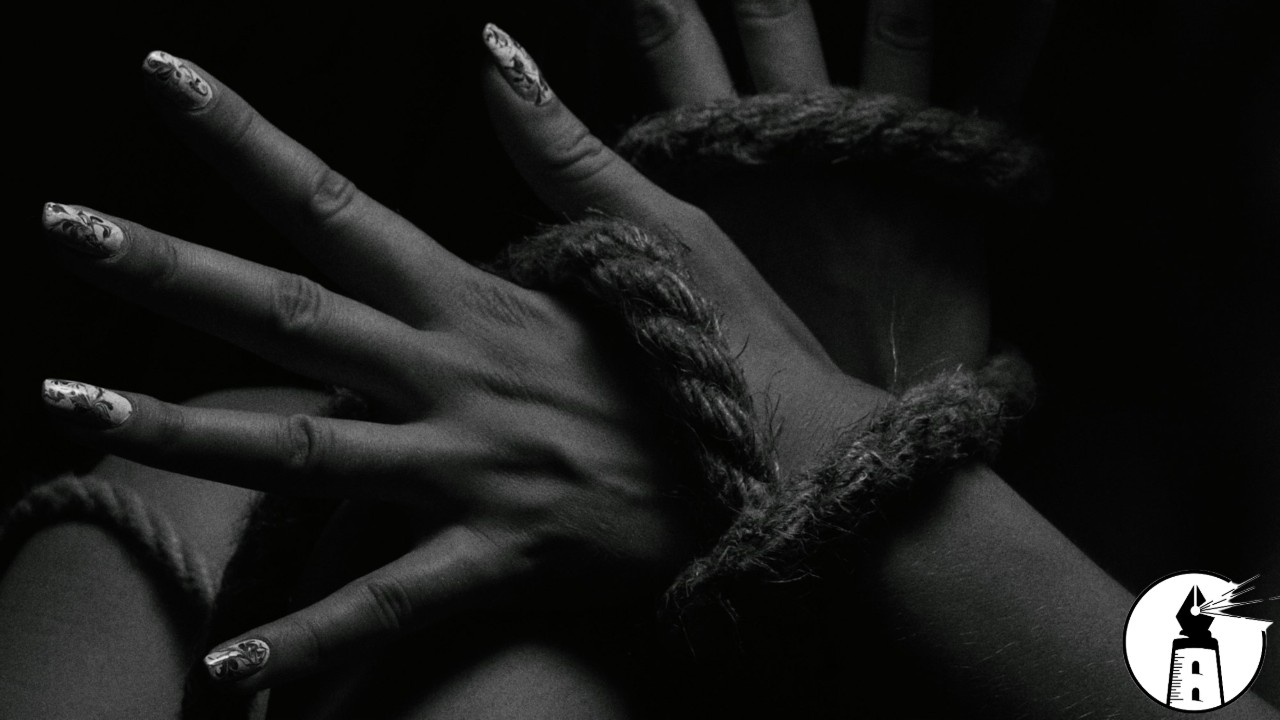Los Angeles remains in a state of heightened tension as protests continue, triggered by a wave of immigration raids and the controversial deployment of federal forces. Crowds have gathered outside a downtown federal detention facility, where migrants arrested during recent enforcement actions are reportedly being held. The situation escalated significantly over the weekend, when President Donald Trump ordered the deployment of 2,000 National Guard troops to the city. On Monday, the U.S. military announced that it would also send 700 Marines to support the Guard’s efforts in protecting federal buildings and personnel.
California Governor Gavin Newsom has strongly opposed the deployment, filing a lawsuit against the federal government and alleging that the action violates both federal law and the state’s sovereign rights. He also revealed that an additional 2,000 National Guard members were being sent to the area without his consent. This move marks an unusual and controversial application of executive authority. While the administration has not invoked the Insurrection Act, which would allow troops to take on law enforcement roles, the deployment of military forces without state approval remains a highly contentious step.
Protests have resulted in numerous arrests and injuries. Demonstrators have clashed with law enforcement, with some throwing projectiles and setting fire to property, including multiple self-driving vehicles. Police responded with crowd-control tactics including tear gas and rubber bullets, and declared several unlawful assemblies as the unrest intensified. By Monday, more than 50 people had been arrested in Los Angeles, with additional arrests reported in cities such as San Francisco and New York. Authorities confirmed that several officers had sustained minor injuries during confrontations.
This moment in Los Angeles reflects a broader national divide over immigration policy and federal authority. The current protests were set in motion by a series of immigration enforcement actions that began on Friday, including high-profile raids in public areas such as Home Depot parking lots and other retail centers. Federal authorities claimed these operations targeted individuals in violation of immigration laws, but the actions prompted widespread backlash in a city known for its sanctuary status.
The federal presence in Los Angeles echoes a long and complex history of civil unrest in the city. In 1965, the Watts Riots erupted following a traffic stop involving a young Black man. The ensuing violence lasted nearly a week and resulted in dozens of deaths and thousands of arrests. In 1968, high school students in East Los Angeles walked out of classrooms to protest racial inequality and discriminatory educational practices. This event helped galvanize the Chicano civil rights movement and brought greater visibility to the needs of Latino communities in Southern California.
Two years later, the Chicano Moratorium drew tens of thousands of demonstrators to protest the Vietnam War and its disproportionate impact on Mexican-American soldiers. The event was marked by confrontations with law enforcement and the death of journalist Ruben Salazar, which added to community outrage. In 1992, Los Angeles once again became the focal point of national attention when riots broke out following the acquittal of four officers involved in the beating of Rodney King. Over several days, more than 50 people were killed, thousands were injured, and extensive property damage reshaped entire neighborhoods. The California National Guard and federal troops were deployed at the request of the state’s governor to help restore order.
Each of these episodes shares a common thread of deep frustration with systemic inequality and perceived abuses of authority. The present unrest follows this historical pattern, though the current deployment of military forces without state approval introduces a new dynamic. In past cases, military involvement occurred with cooperation between federal and state officials or under clearly defined legal frameworks. Today, the deployment is being challenged as an overreach of executive power and a provocation that risks further inflaming tensions.
At the heart of the issue is a debate about the limits of presidential authority, the role of states in managing civil unrest, and the balance between national security and civil liberties. While the Trump administration defends its actions as necessary to protect federal property and personnel, critics argue that the approach undermines constitutional protections and sets a dangerous precedent. The protests, though disruptive, are seen by many as a form of civic expression in response to a broader crackdown on immigrant communities and the erosion of democratic norms.
Los Angeles has long served as a barometer for national issues, from racial justice to immigration policy. The current crisis adds another chapter to that legacy. As legal challenges proceed and public demonstrations continue, the city finds itself once again at the crossroads of political conflict and social transformation. What unfolds in the days ahead may shape the future of immigration enforcement and test the foundations of American federalism and civil rights.
—By Greg Collier



